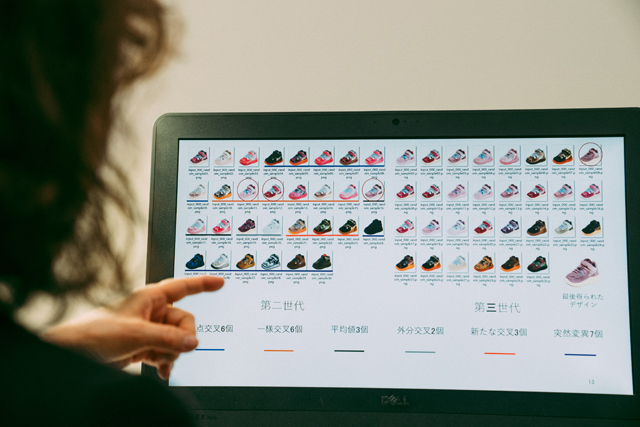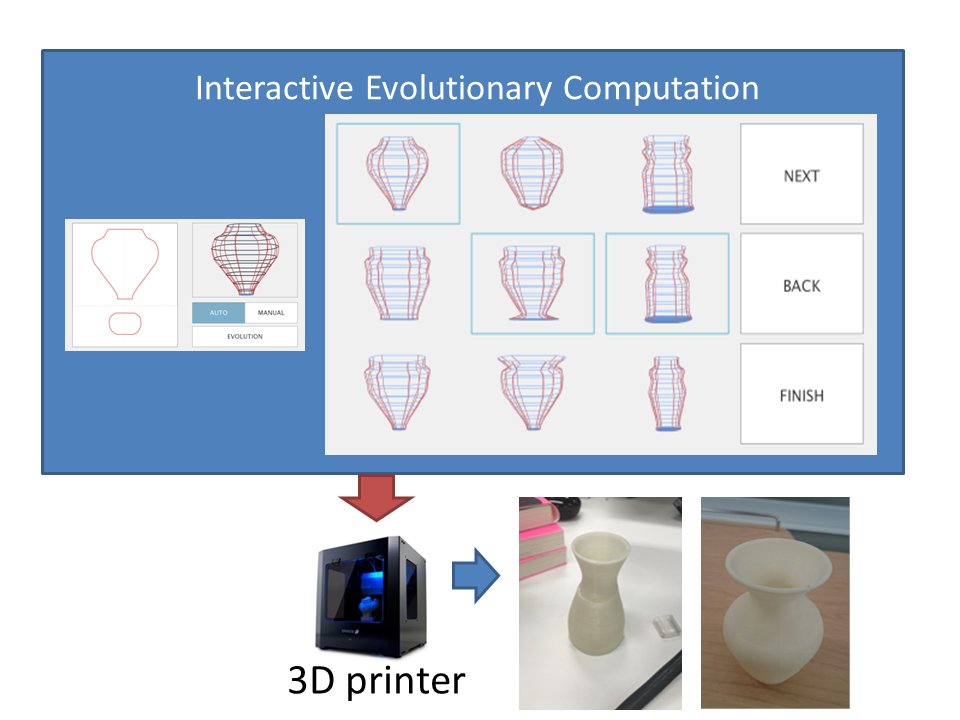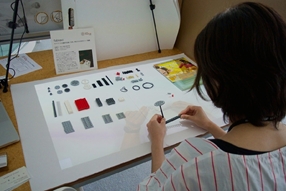Details of the Initiative
Since the first industrial revolution, manufacturers have made goods by mass production, and consumers have chosen and purchased what they want from among them. In such cases, manufacturers produce several kinds of goods that many people find to be good on average in order to efficiently generate a large amount of sales, and consumers choose and purchase goods with some compromise, even if they are not sufficiently satisfied with what the manufacturers provide. In this case, not all items made by the manufacturer will be sold, and the consumers will not be so attached to the products they compromise on, so they will immediately replace them with new ones, resulting in the disposal of large quantities of products.
Thus, by designing and manufacturing what each person really wants, manufacturers do not have to make unnecessary products, and consumers can use their favorite products for a long time, greatly reducing the waste of products and resources. From this point of view, we are conducting research to bring out designs that people really want through machine learning and to materialize them as objects.
This research was adopted by the Ministry of Education, Culture, Sports, Science and Technology/JST Center of Innovation (COI) Program in 2015.



